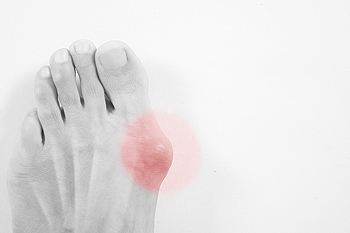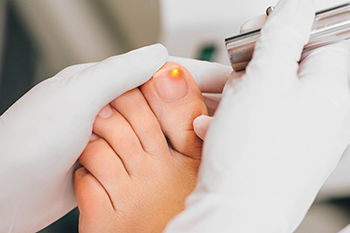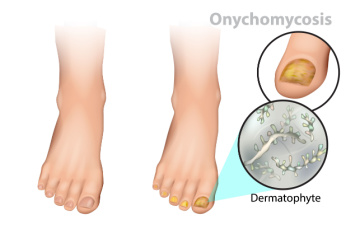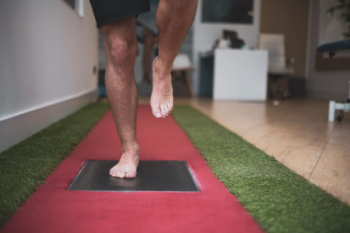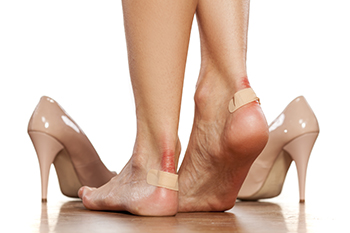
A heel spur is a bony growth that forms on the heel bone, often caused by the buildup of calcium deposits. This condition is closely related to plantar fasciitis, where inflammation occurs in the tissue connecting the heel to the toes. Heel spurs can cause sharp pain, especially when walking or standing for long periods. Osteophytes, the medical term for bone spurs, can develop due to excessive pressure or inflammation in the joints. Exercises for heel spurs aim to stretch and strengthen the muscles in the foot and calf, improving flexibility and reducing tension on the heel. Stretching the Achilles tendon, rolling a frozen water bottle under the foot, and toe stretches can help relieve pain and prevent further damage. If you have heel pain, it is suggested that you schedule an appointment with a podiatrist who can accurately diagnose heel spurs, and offer appropriate treatment solutions.
Heel spurs can be incredibly painful and sometimes may make you unable to participate in physical activities. To get medical care for your heel spurs, contact one of our podiatrists from Graff Foot, Ankle and Wound Care. Our doctors will do everything possible to treat your condition.
Heels Spurs
Heel spurs are formed by calcium deposits on the back of the foot where the heel is. This can also be caused by small fragments of bone breaking off one section of the foot, attaching onto the back of the foot. Heel spurs can also be bone growth on the back of the foot and may grow in the direction of the arch of the foot.
Older individuals usually suffer from heel spurs and pain sometimes intensifies with age. One of the main condition's spurs are related to is plantar fasciitis.
Pain
The pain associated with spurs is often because of weight placed on the feet. When someone is walking, their entire weight is concentrated on the feet. Bone spurs then have the tendency to affect other bones and tissues around the foot. As the pain continues, the feet will become tender and sensitive over time.
Treatments
There are many ways to treat heel spurs. If one is suffering from heel spurs in conjunction with pain, there are several methods for healing. Medication, surgery, and herbal care are some options.
If you have any questions feel free to contact our offices located in Plano, Dallas, Prosper, Allen, Irving, Garland, Frisco, and Coppell, TX . We offer the latest in diagnostic and treatment technology to meet your needs.

